In this work, Toronto painter and Russian émigré Paraskeva Clark (1898–1986) arranged her figures alongside two long tables that rise up diagonally from the lower part of the picture. As they pack and repair parachutes, the women’s bodies and arm gestures form a dynamic zigzag pattern across the surface of the picture. The scene is viewed from a position just above their heads—a device Clark’s teacher Kuzma Petrov-Vodkin (1878–1939) had used.
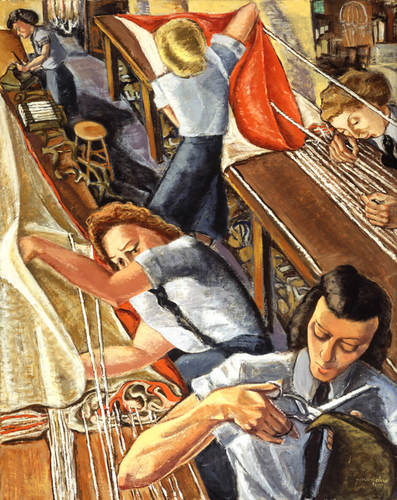
Paraskeva Clark, Parachute Riggers, 1947
Oil on canvas, 101.7 x 81.4 cm, Beaverbrook Collection of War Art, Canadian War Museum, Ottawa
In the 1940s, H.O. McCurry, the director of the National Gallery of Canada, Ottawa, commissioned Clark to paint the contribution of the Women’s Division of the Royal Canadian Air Force (RCAF) to the war effort. Parachute Riggers is one of the three works she eventually submitted.
McCurry had instructed her to find a dramatic subject; instead, she gave the subject of women preparing parachutes a dramatic composition.
This Spotlight is excerpted from Paraskeva Clark: Life & Work by Christine Boyanoski.
 Stitching the Archives
Stitching the Archives
 A Working-Class Hero
A Working-Class Hero
 Imagining Entangled Futures
Imagining Entangled Futures
 Bridging Far and Near
Bridging Far and Near
 Soft Power
Soft Power
 Imagining Emancipation
Imagining Emancipation
 A Priceless Portrait
A Priceless Portrait
 Meditation in Monochrome
Meditation in Monochrome
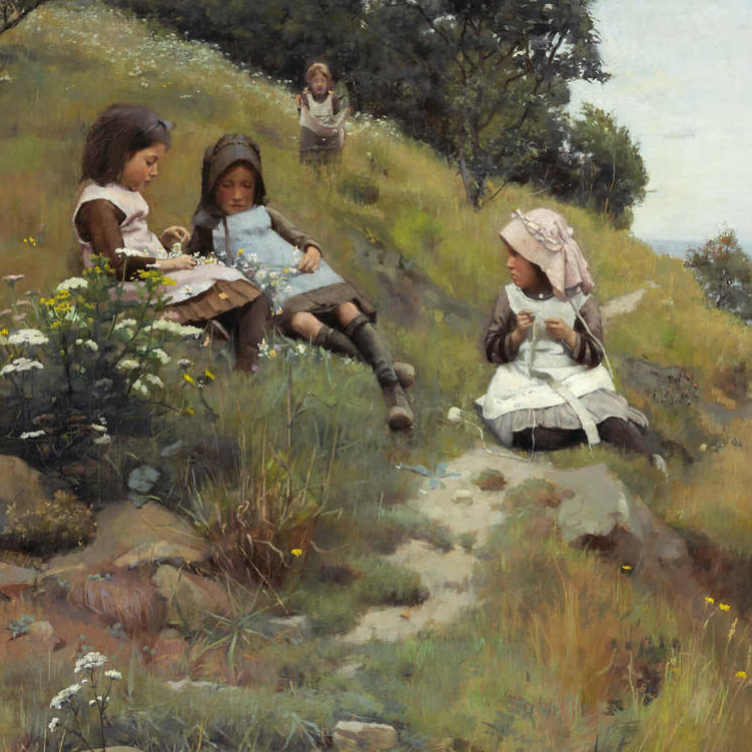 Making His Mark
Making His Mark
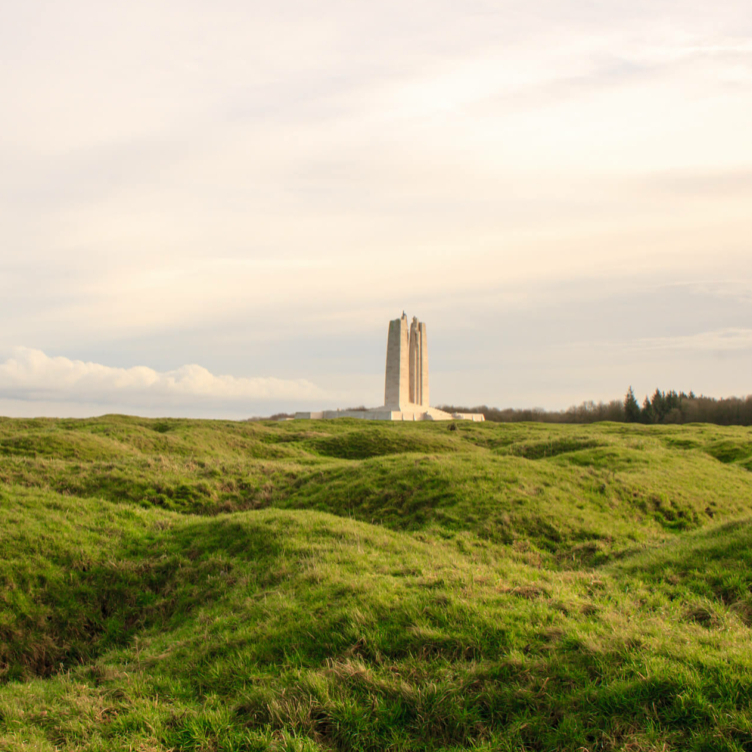 Honour and Sacrifice
Honour and Sacrifice
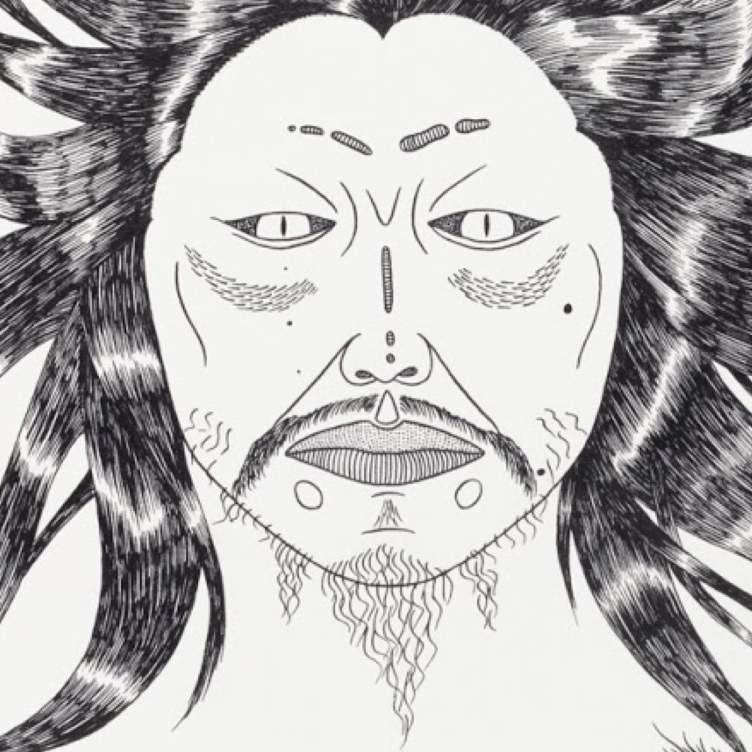 A Monstrous Vision
A Monstrous Vision
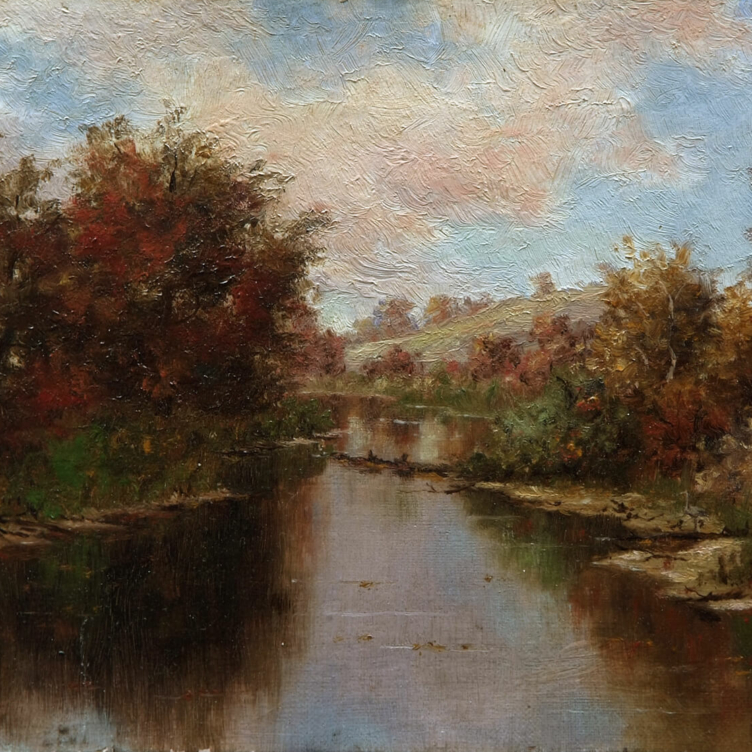 Remote Beauty
Remote Beauty
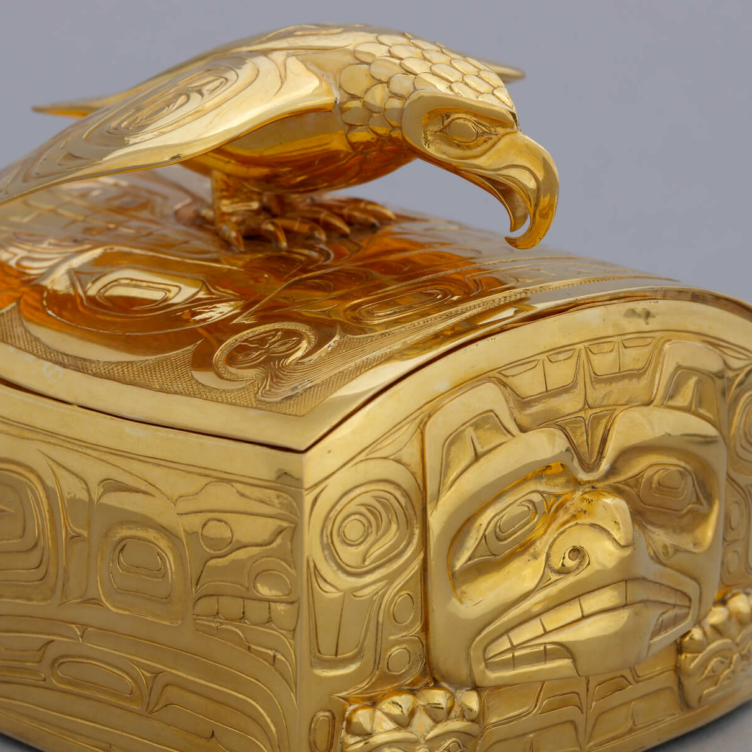 Pride and Resistance
Pride and Resistance
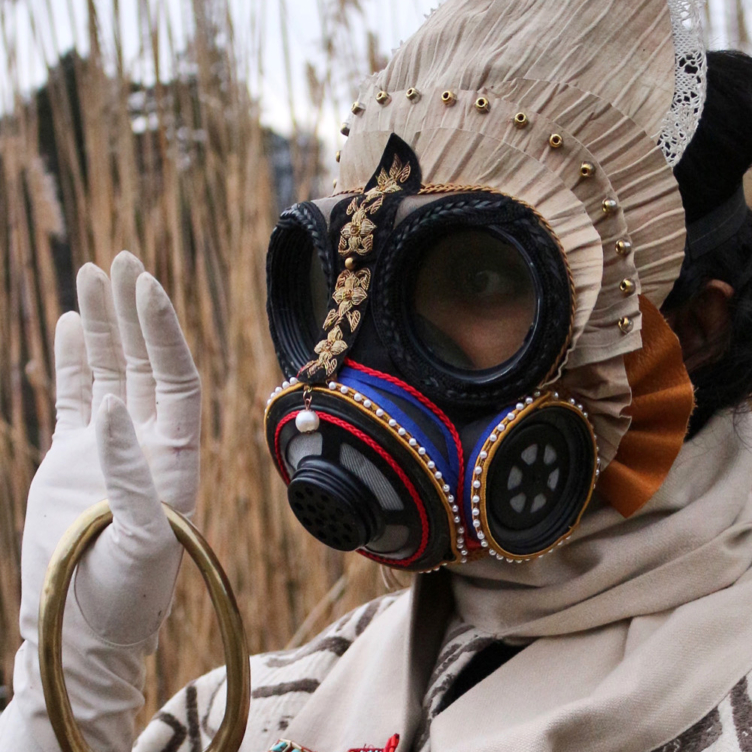 Dressed for Danger
Dressed for Danger
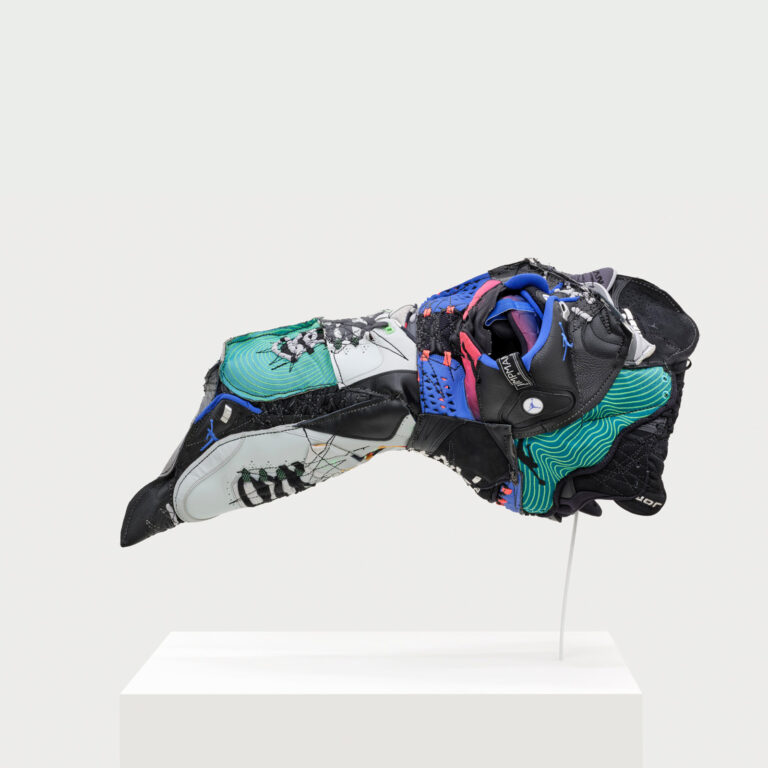 Masks from the Past
Masks from the Past
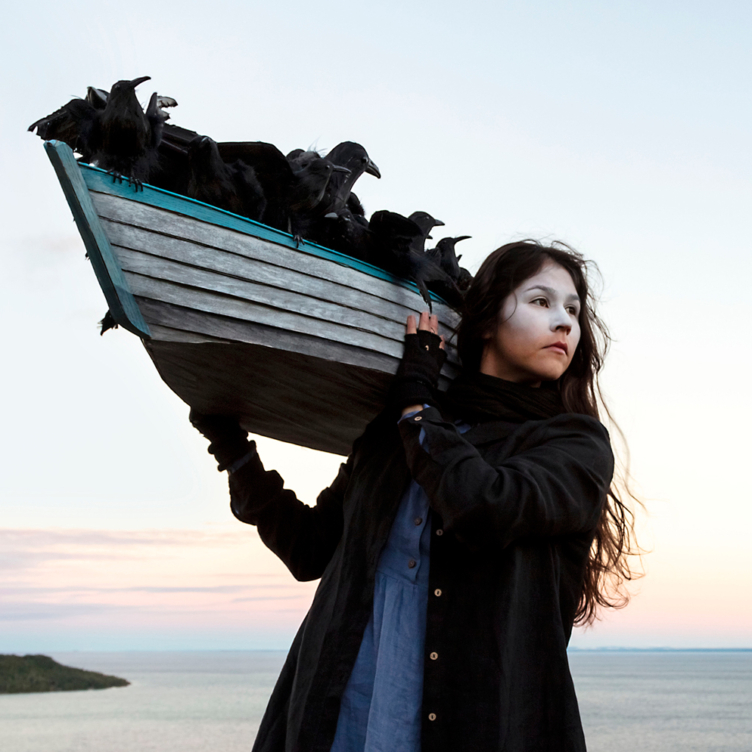 Lessons from the Land
Lessons from the Land
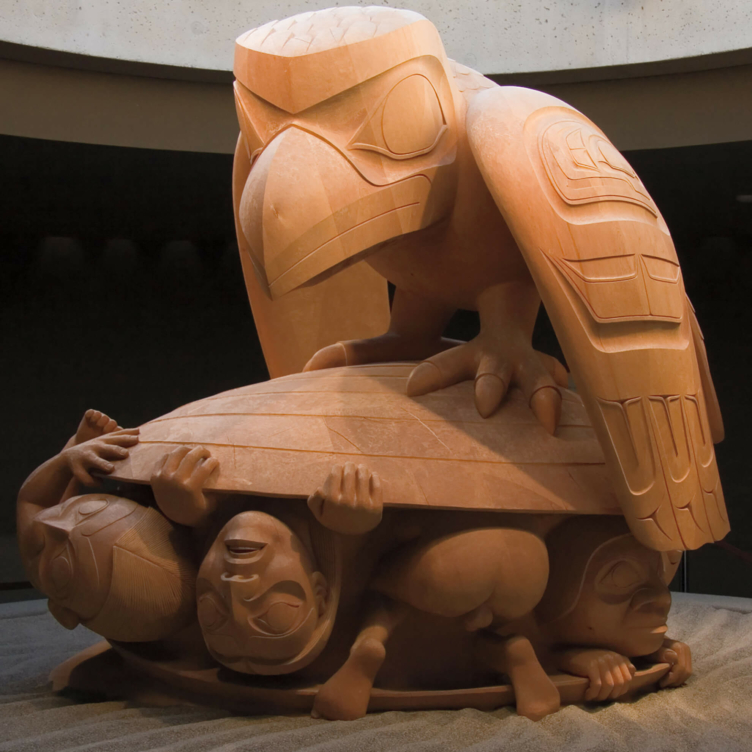 A Cultural Hero
A Cultural Hero
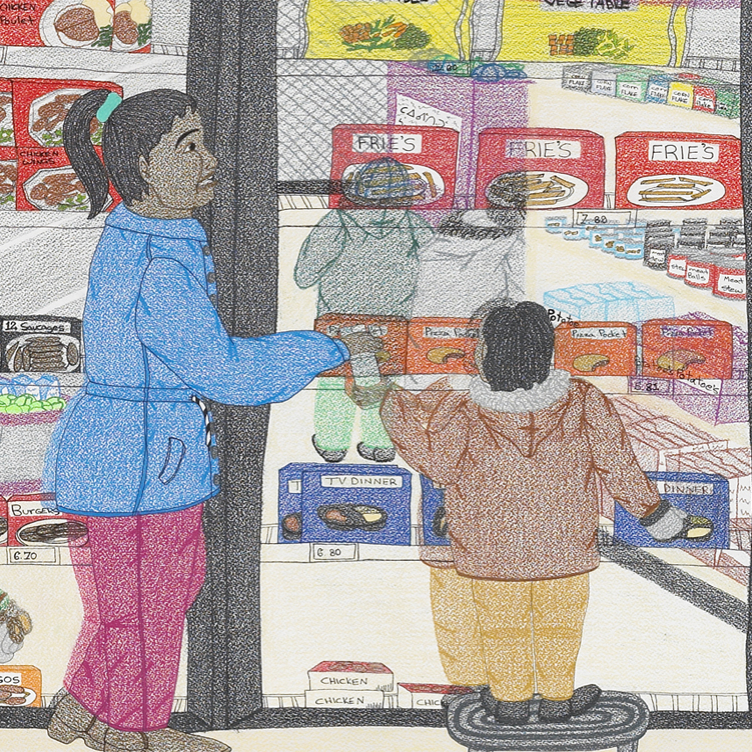 Food for Thought
Food for Thought
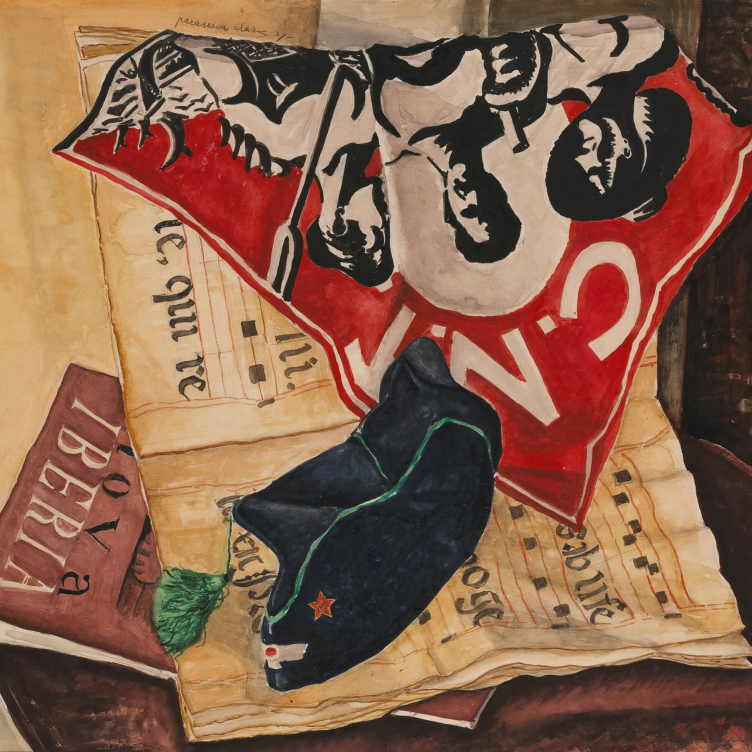 A Passion for Activism
A Passion for Activism
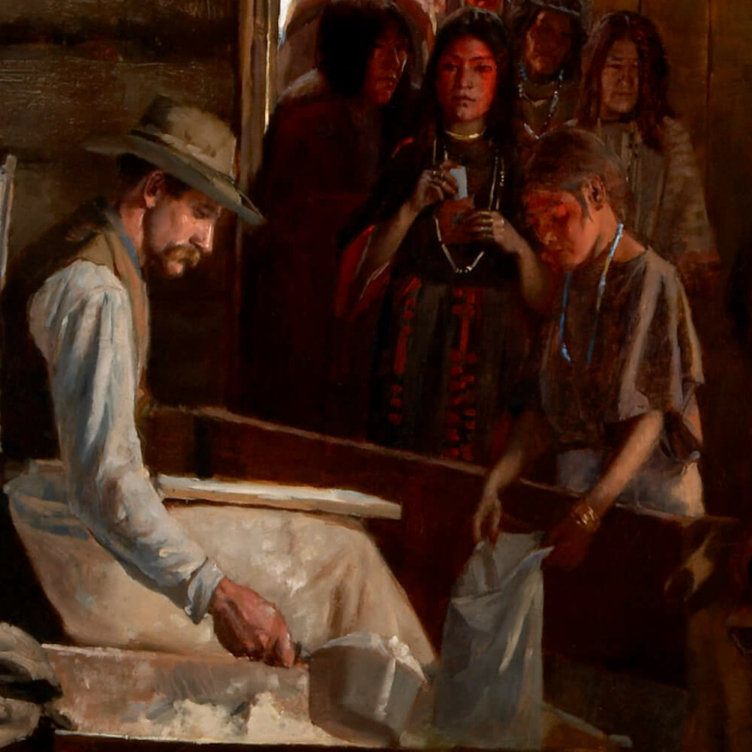 Starvation and Scandal
Starvation and Scandal